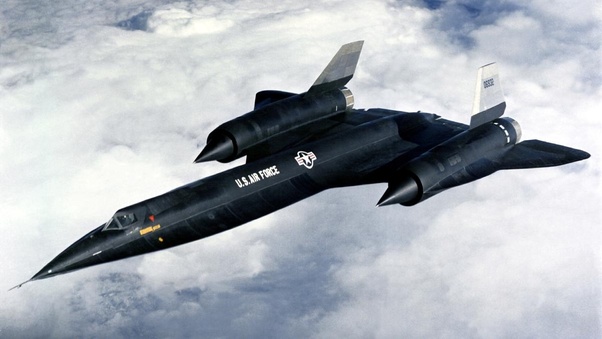The most difficult aircraft to start is often considered to be the Lockheed SR-71 Blackbird, due to its highly specialized systems, extreme operational conditions, and the complexity of its engines. Here's why:
1. Extreme Engine Temperatures
The SR-71's engines, the Pratt & Whitney J58 turbojet engines, were designed for extremely high-speed flight at altitudes above 85,000 feet. At low speeds, the engines were almost entirely unresponsive because the materials used in the aircraft's construction would need to reach extremely high temperatures to function properly. Upon initial start-up, the engines had to be preheated by a series of complex procedures and auxiliary power units. The engines could only be properly started once the aircraft had been sufficiently heated by auxiliary power, making the initial startup process significantly more difficult compared to typical aircraft.
2. Fuel and System Requirements
The SR-71 used a special type of fuel known as JP-7, which had an extremely high flash point and required special handling to ignite. Unlike typical jet fuel, JP-7 could not easily be ignited at lower temperatures, requiring a special blend of chemicals and a sophisticated system to create enough heat for combustion. This added another layer of complexity to starting the SR-71.
3. Cold Start Procedure
The aircraft’s engines had to be started under a very specific procedure, which included using an auxiliary power unit (APU) to power the aircraft's electrical systems before starting the engines. Additionally, to prevent engine damage, the SR-71 required a special “boost pump” system to allow fuel to flow and start the engines. The pump would help maintain the necessary fuel flow for proper ignition, and the start-up process required careful sequencing.
4. Structural Considerations
The SR-71’s structure was made from titanium and other high-strength materials capable of withstanding extreme heat and stress during high-speed flight. However, these materials were also prone to contraction and expansion at different temperatures. This meant that the aircraft required a very precise sequence of procedures to allow the engines and systems to properly align and function together.
5. The Complexity of Electronics
The SR-71's complex avionics and systems, designed to work at high speeds, required careful calibration. The aircraft’s systems were highly advanced for their time, and many of them had to be manually configured by crew members prior to engine start. Getting the electronics to function properly before takeoff was a laborious and time-sensitive task.
